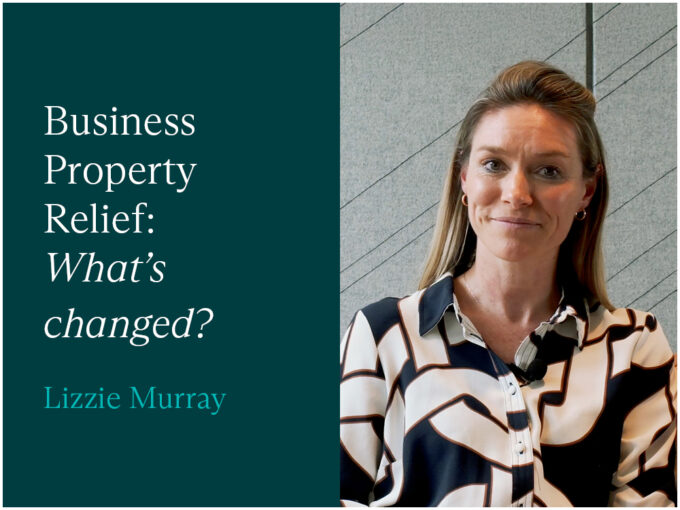Understanding whether your business qualifies for Business Property Relief (BPR) can be the difference between a significant inheritance tax (IHT) liability and a fully relieved estate.
While BPR is a well-established relief designed to reduce the value of qualifying business assets for IHT purposes, the criteria for what constitutes a ‘business’ under these rules can be complex and often misunderstood, as not every business or business-like activity is eligible.
This article is intended to be used as a practical reference for business owners who want to know: does my business qualify for BPR? We’ll discuss the key criteria and common business structures to help you assess your position and take informed next steps.
BPR refresher
If you need a refresh on the fundamentals of BPR, start with our Business Property Relief overview or explore how BPR applies to estate owners and shareholders in our guide on planning strategies.
As a quick recap, depending on the type of asset, and subject to various conditions, BPR is given either at 100% or 50%. From 6 April 2026, assets eligible for the 100% rate of relief will only receive full relief on values up to a new £1 million allowance. Anything above this value will receive relief at 50%.
What qualifies as a business for BPR?
Understanding what qualifies as a ‘business’ under BPR rules is therefore crucial, not only for determining eligibility, but also for effective estate planning and mitigating future tax exposure. Broadly, the business must be more ‘trading’ than ‘investing’.
Trading vs investment: the 50% rule
While HMRC distinguishes between trading and investment businesses, the line isn’t always clear. For example, a company with mixed activities or passive income streams may need to assess whether its trading operations are dominant. If more than 50% of its activities relate to trading (such as selling goods or services) the business may qualify. If investment activities dominate (eg property letting or share dealing), the business is unlikely to meet the 50% threshold and BPR will not be available.
- Consider a family-run property development company that also holds rental properties. While the development arm may be trading, the rental portfolio likely won’t, unless it’s demonstrably part of the trading activity. Careful analysis of the different business activities is likely to be required.
Types of assets that may qualify
Subject to meeting the trading test and other conditions, the following assets may qualify for BPR:
These categories are subject to change under the new rules from 6 April 2026. For our thoughts on how to mitigate the impact of the £1 million cap, see our article on planning strategies for estate owners and shareholders.
Ownership requirements and exceptions
To qualify, the asset must generally have been owned for at least two years before the transfer. However, there are exceptions:
- Transfers between spouses or civil partners.
- Replacement property rules, where one qualifying asset replaces another.
These rules are particularly relevant in succession planning scenarios. For more on how timing and ownership affect relief, see our article on succession planning for family businesses.
How business structure affects BPR eligibility
Your business’s legal structure influences how BPR applies. For example:
Mixed activity or group structures should be reviewed carefully, especially where investment activity may dilute trading status.
Excepted assets: what doesn’t count
Even in a qualifying business, some assets won’t attract relief. These are assets not used ‘wholly or mainly’ for business purposes, such as:
- Surplus cash not needed for operations,
- Personal-use property (eg vehicles, holiday homes), or
- Passive investments held within the business.
These can reduce the value eligible for BPR. Regular reviews can help identify and manage these exclusions.
How we can help
In light of the significant benefits that BPR can provide, and the planning opportunity it presents, it’s important for business owners to have certainty over whether their assets qualify for the relief, and at what rate. Please get in touch with your usual Saffery contact to discuss this in more detail.
For further insights on the incoming reforms, you can join me, Lizzie Murray, and Alistair Hunt as we explore the looming impact of these changes to BPR and why a robust business valuation is essential when assessing BPR-related tax risks.
More on Business Property Relief
Contact us
Partner, London
Key experience














